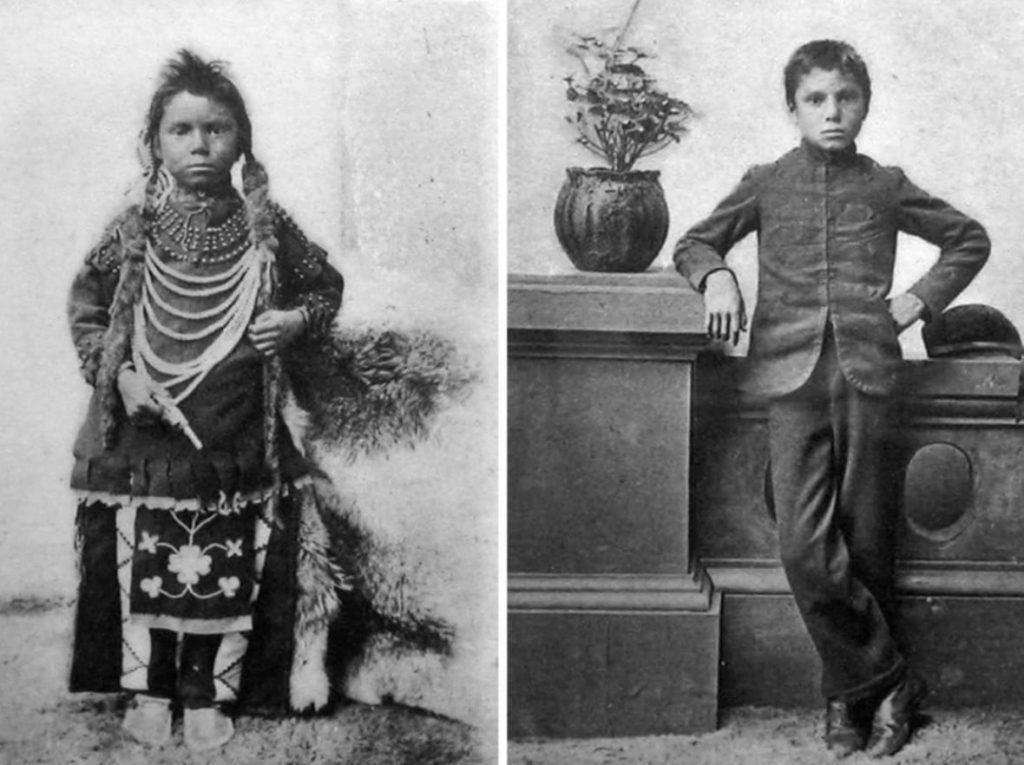
Website 1
OAGGAO
https://oaggao.ca/learn/educational-programs-and-resources/contemporary-indigenous-artists-in-the-classroom/
What is it?:
“This project aims to provide elementary and high school–level teachers with curriculum-linked lesson plans designed by contemporary Indigenous artists. The goal is to build students’ cultural competence and respect for diverse Indigenous peoples, while encouraging critical thinking about colonialism in Canada”
Why I chose it:
This is such a fantastic resource, I have a lot of feelings wrapped up around how to teach indigenous art because I think art education should inherently be something that you DO, not only something you think about, or look at. So how do we teach traditional art practices when there is not always a clear answer to whether or not non-indigenous people should be creating in that style? How do we address the ideas of appreciation versus appropriation?
Website 2
Raising Issues with the “Family Totem Pole”
http://saraflorence.ca/blog/
What is it?:
A blog written by Sara Florence Davidson, an indigenous teacher educator at Simon Fraser University. In her post she is discussing the harm, both personal and cultural, that poorly conceived teaching resources can have on indigenous peoples.
Why I chose it:
In her post Sara says “there are no worksheets or resource packs or instructional videos that will magically “Indigenize” your classroom for you. It requires deep reflection, deep commitment to learning, and, sometimes, moments of deep discomfort.” It is a good reminder to us all that this is a difficult process, but it is one that is worth doing right. Keeping in mind the power we hold as educators (especially as white educators) and striving above all to listen to the voices of indigenous people is vital.
Website 3
Indigenous Arts Protocols
https://www.youtube.com/watch?v=c6VuHJi6O0Q&t=557s
What is it?:
“This video was created by the Ontario Arts Council as a tool to highlight the significance of Indigenous cultural protocols in the arts.” This video shows many indigenous artists and scholars speaking about how to avoid appropriate and misappropriation of indigenous art through Indigenous Arts Protocols.
Why I chose it:
This is a great video that I think I could show my middle school students in the art room before beginning any kind of teaching about indigenous art practices, whether traditional or contemporary. I particularly liked the comment about proportional reciprocity. You may give something back to the artists or the elder, but is it equal to what they gave you?
Website 4
How Is Indigenous Storytelling Transforming Immersive Technology?
https://www.youtube.com/watch?v=M7eT-KIZxjU
What is it?:
A presentation put on by the Vancouver Public Library for the Emily Carr Vancouver Mural Festival. Cease Wyss from the Squamish First Nation is the host, and speaks with a panel of indigenous artists about virtual reality, immersive technology, art and indigeneity. They discuss indigenous futurism; imagining what indigenous cultures and the world will look like in the future. “Imagining our culture in the future and trying to place that in a tangible way so it will eventually become real, and to never lose sight of our core values and beliefs. Being understanding and respectful of other cultures, so that we can all grow together and so that all of our cultures and languages will still be here in the future.”
Why I chose it:
I think it’s so important to move away from teaching only traditional indigenous art and artists. This idea of indigenous people being of the past, or no longer existing is very damaging. There are so many contemporary indigenous artists who are making incredible, thought provoking art and who have much to add to the discussion about how indigenous peoples will choose to utilize modern technologies. Art is one of the lenses through which we make sense of our world. I love seeing modern indigenous artists putting their ideas and culture into the broader consciousness.
Website 5
Visual and Performing Arts: Protocols for Cultural Belongings and Intellectual Properties
https://aboriginalresourcesforteachers.weebly.com/uploads/3/0/3/5/30354089/visual_and_performing_arts_protocols.pdf
AND
Indigenous Protocols for the Visual Arts
https://static1.squarespace.com/static/61e830a9a1fa890cec5c1521/t/62b0ab66799341026eda23d1/1655745382945/Indigenous+Protocols+for+the+Visual+Arts.pdf
What is it?:
These are two websites that go hand in hand. I chose to include both because they’re very similar, but with slightly different audiences in mind.
The first is from 2017-18 and was made for the Surrey School District to guide teachers in how to teach about Indigenous culture without breaking protocols. It includes some background information on popular “indigenous crafts” that are often misappropriated in school settings.
The second is from Canadian Artists’ Representation / Le Front des artistes canadiens (CARFAC). Its purpose is to provide practical guidelines for respectful engagement with Indigenous Peoples and recognizes and endorses the rights of Indigenous Peoples to own and control their cultural heritage.
Why I chose it:
Both resources give meaningful advice for teachers who want to teach indigenous art, but feel like they need guidance. I think they could also be used as a great jumping off point for general discussions about intellectual property and appropriation for children in older grades.


